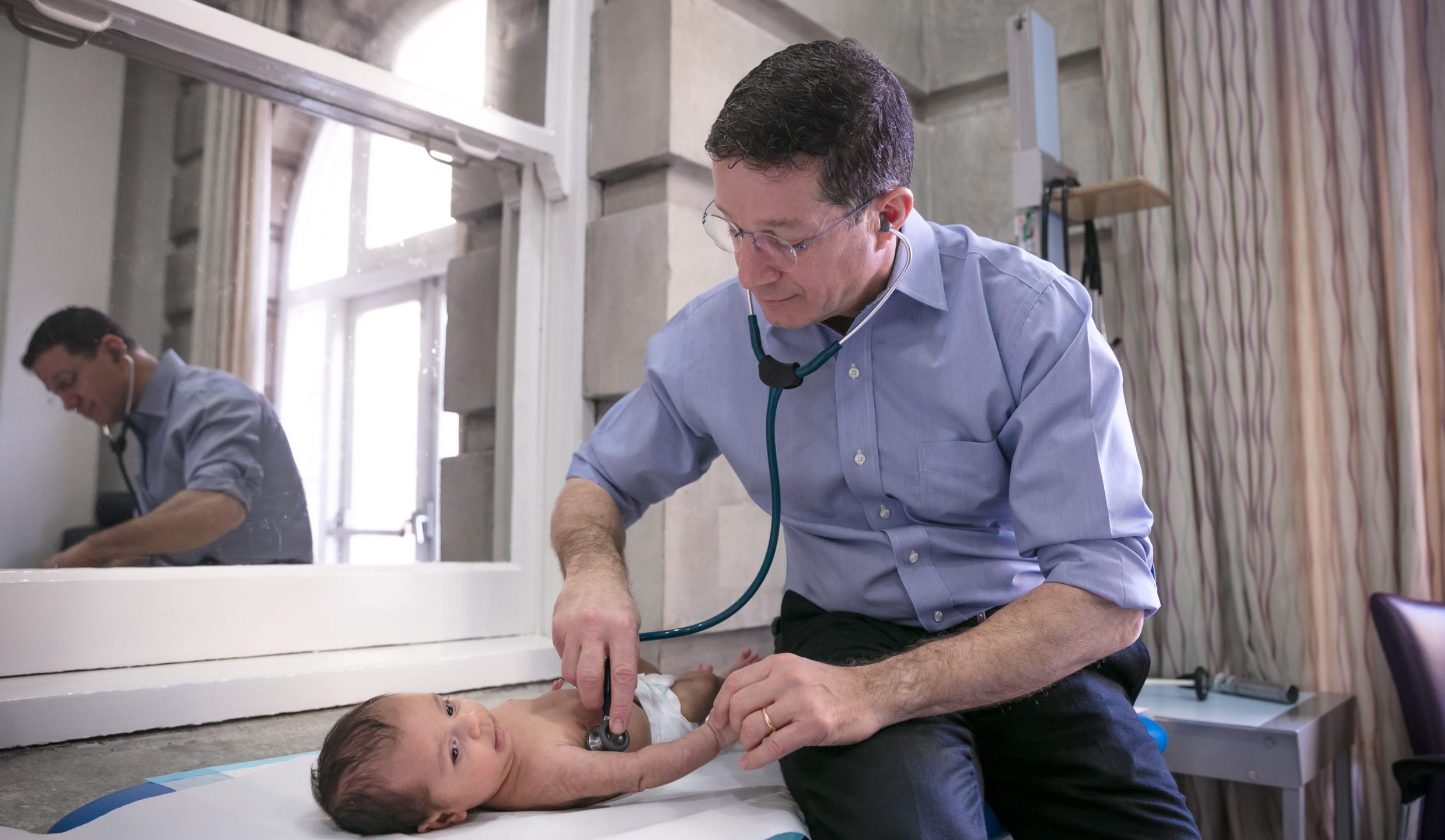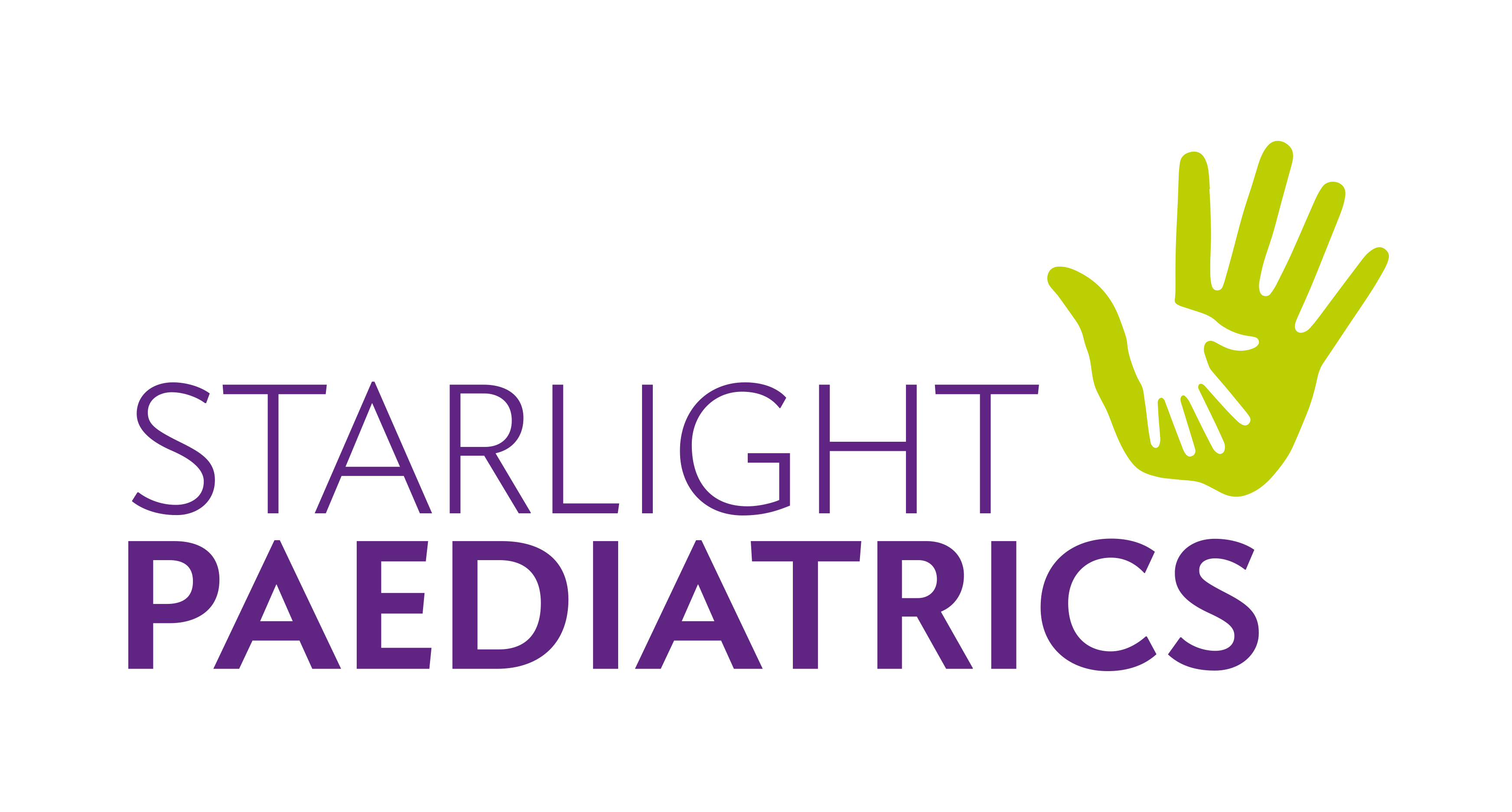
What to do if your child has a fever
Worried whether your child’s fever is just a run of the mill illness or something worse? Here are a few signs to look for.
Most children will run a fever from time to time, but more often than not this is nothing serious. However, it will be worth keeping an eye on and, if things don’t improve, it will be a good idea to seek medical attention.
Running a temperature
A normal temperature in babies and children is 36.4°C – 37.0°C, but this can vary slightly from child to child, so it’s always worth thinking about what’s normal for your child.
In general, you can confidently say they are running a high temperature once it climbs to 38°C or more. If your child is upset, sweaty, hot, flushed and visibly unwell, it’s easy to worry about the possible causes, but most of the time it will be nothing serious.
Usually there are three common causes.
- Infection: Most fevers are caused by infection or other illness. A fever helps the body to fight infection by stimulating the body’s natural defence mechanisms.
- Overdressing: Infants do not have the capacity to regulate their body temperature as well as older children or adults, so if they are over bundled or in a hot environment, this can lead to a fever.
- Immunisations: Babies and children can sometimes get a light fever after vaccination.
Most of the time the presence of a fever will actually be a good thing. It means the body is doing its job and fighting off the infection.
How to treat the fever
When you’ve established that the fever is genuine, you can take steps to address it. Start by giving Paracetamol or Ibuprofen (see our article of Paracetamol and Ibuprofen dosages). You must not use Ibuprofen if your child has chicken pox and you must never use aspirin containing medication in children.
This should control their temperature and help your child to feel a little better while the body fights the infection.
You can also help by bringing room temperature down to a cool level or by keeping your child only lightly dressed.
In most cases, a fever will settle within three days or so. However, you should seek urgent medical help if your child:
-
- is under three months old and has a temperature of 38°C or higher,
- is 3 to 6 months old and has a temperature of 39°C or higher,
- looks sick,
- is irritable or floppy,
- has other signs of illness, such as a rash,
- has a high temperature that’s lasted for 5 days or more,
- does not want to eat, or is not their usual self,
- has a high temperature that does not come down with paracetamol,
- does not perk up once the temperature comes down with paracetamol,
- is dehydrated – for example, if nappies are not very wet, or the child has sunken eyes, and no tears when crying.
You should call 999 if your child:
-
- has a stiff neck,
- has a rash that does not fade when you press a glass against it,
- is bothered by light,
- has unusually cold hands and feet,
- has pale, blotchy, blue or grey skin,
- has a weak, high-pitched cry that’s not like their normal cry,
- is drowsy and hard to wake,
- is extremely agitated (does not stop crying) or is confused,
- finds it hard to breathe or sucks their stomach in under their ribs,
- has a soft spot on their head that curves outwards (bulging fontanelle),
- is not responding like they normally do,
- has a fit for the first time (they cannot stop shaking).
In most cases, though, a fever is nothing out of the ordinary and in a few days, it should clear up. Even so, it’s worth knowing what signs might suggest something more serious.
If you’d like more information, have a look at this great video from the NHS.

